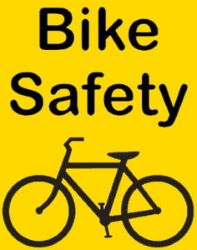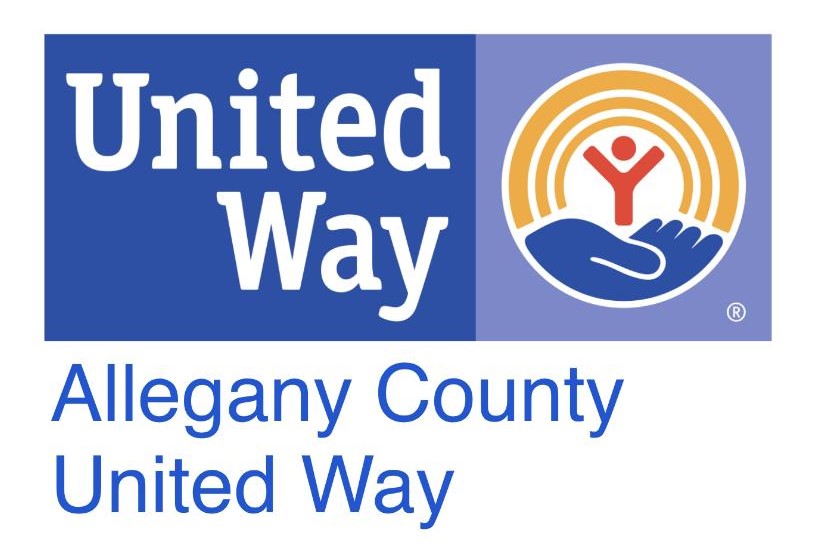By Sandy Rigas
An invention which evolved throughout the 19th century in Europe, the bicycle as we know it was first imported to the United States in the 1880s. It was an object of curiosity and fascination, and with the advent of the automobile in the early 20th century, interest in bicycles decreased and as mid-century approached, they were largely regarded as a toy to keep children busy and active. The gas crisis of the early 1970s resulted in growing interest in bicycles as a means of commuting to work, and as the century approached its last two decades, interest in bicycles for adult recreation and fitness became popular.
Whether you are a child riding a bike for fun, or an adult riding for transportation, exercise and/or recreation, bicycles are part of the local landscape. Our discussion today will look at the importance of safety when riding a bicycle.
According to the National Safety Council, between 900 and 1,000 people are killed every year in a bicycle accident. About 75% of these crashes involve motor vehicles or pedestrians. The major causes of these accidents are bicyclist, driver, or pedestrian error, which result in a collision, and the primary cause of death is head injury attributed to the bicyclist not wearing a bicycle helmet.
“Bicycles should ALWAYS ride WITH the traffic flow AND obey the traffic laws just like motor vehicles. Bicycles are NOT exempt from stopping at stop signs and traffic signals,” said Wellsville Village Police Chief Tim O’Grady. “Bicyclists have the same responsibilities as people behind the wheel of a motor vehicle.”
However, bicyclists need to face challenges that might not affect motor vehicles to the same degree. “Bicyclists should assume that drivers (of motor vehicles) don’t see them and take extra precautions. They should look ahead for hazards that could cause a fall, like potholes, pebbles, grates, train tracks, trash cans, etc.,” Chief O’Grady added. They also need to be aware of other bicyclists and pedestrians.
Riding a bicycle on the sidewalk is not prohibited in New York State; however, municipalities have latitude to pass their own ordinances. In the Village of Wellsville, bicycle usage on sidewalks is prohibited only on Main Street in the business district (Local Law 92-1).
While it is common and practical for young children learning to ride a bicycle to use the sidewalk, older children and adults usually travel at a higher speed, and are more likely to encounter obstacles, such as pedestrians, children playing, strollers, dogs, and motor vehicles backing out or turning into driveways. Many of these situations result in accidents and injury to the bicyclist and/or other parties involved. Several national organizations, including the National Highway Traffic Safety Administration, advise against bicycle traffic on sidewalks. The NHTSA states, “Except for very young cyclists under parental supervision, sidewalks are for pedestrians, and not for bicycles, unless the person is walking the bicycle.”
The New York Department of Transportation notes that bicyclists can be issued traffic tickets, just as drivers of motor vehicles are when operating a vehicle unsafely. Parents can be held responsible for infractions by their minor children.
Roller skates, rollerblades, skateboards and scooters are subject to the same local law and are prohibited on Main Street. Users of these wheeled objects need also to exercise caution and be mindful of their surroundings.
Riding lawn mowers, though on occasion are seen traveling on village sidewalks or streets, should “technically not be driven on the sidewalk or street in the Village of Wellsville,” Chief O’Grady said. “If they are being taken from one location to another they should be trailered.”
Tomorrow: Bike Helmets & Safety Features






